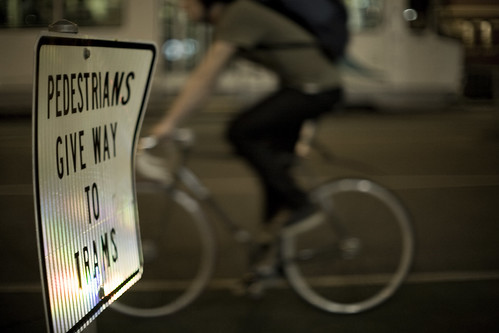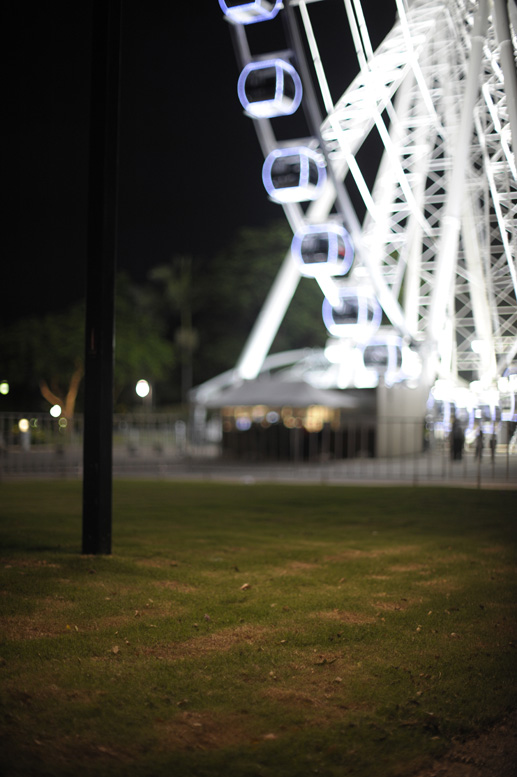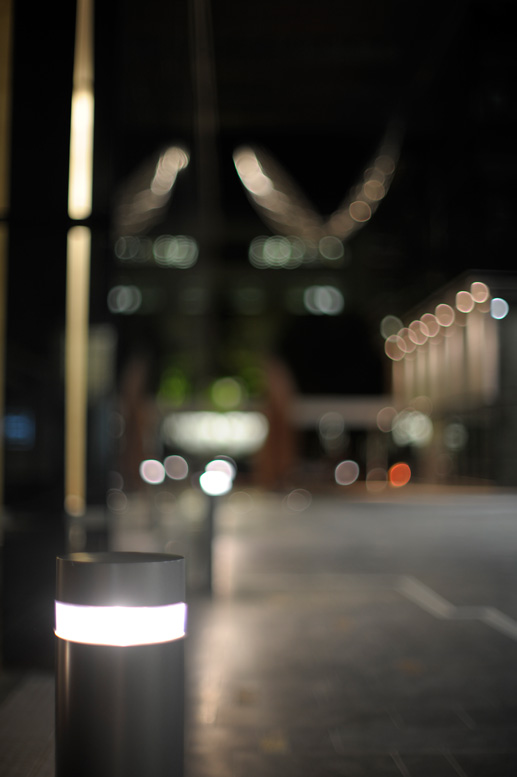I’ve been thinking some more about 50mm lens choices for Nikon.
I found a review that compares
Nikon 50mms f1.2 AIS, f1.4D and f1.8D. While this is an interesting review in it’s own right, one thing that particularly struck me was the resolution tables for near and far focus which could be very different even for the same lens. Another factor why lens reviews can differ and most probably use targets at short distances really only appropriate for tests of macro lenses.
The most obvious choice for me is between the new Nikon and the new Sigma. If I lived in Sydney I’d be able to go to a store and take test shots but there are none of these lenses in stores in Canberra so I’m likely to rely on reviews and images on the web.
The Nikon and the Sigma are quite different lenses with different design aims. The Sigma has a much larger front element and an aspherical element which are probably the reason for its very good bokeh.
For central sharpness, the Nikon has a significant advantage wide open, the Sigma a slight advantage at f2 and f2.8 and the Nikon a slight advantage below that. For edge sharpness, the Sigma has a significant advantage wide open and the Nikon has a significant advantage from f2 down. (Mainly taken from
Photozone, both reviews). Any fall-off in edge sharpness is much more marked on full-frame sensors, as shown very clearly in the
Lens Tip review of the Nikon. This gives a clear advantage to the Nikon for me because on the D3 I’d be stopping down a bit where possible and taking images of groups of people or bands more often than individual portraits.
Where I really eliminated the Sigma, though was for autofocus. Many of the reviews comment on how quick the Sigma is to autofocus and that the Nikon is relatively slow. What they refer to (and often explicitly test) is the speed of travel from near to far focus. Speed of long-travel autofocus is one thing, accuracy is much more important. All the reviews seem to comment on how well the Nikon maintains focus. However, many reviews and user comments report on focusing problems with the Sigma. This is particularly so for the
Digital Picture review which finds severe focusing inaccuracy problems, not merely backfocus or front focus. The reviewer finds that this occurs particularly in poor lighting conditions and I notice that most other reviews appear to have been conducted in relatively good light.
I suspect this divergence may be a consequence of the design. The Nikon has a much longer physical focus travel which may contribute to its relative slowness to move the full distance and also relate to greater ability to “fine-tune”.
The
British Journal of Photography has a useful review of the Nikon f1.4G which explains the importance of minimal focus shift in autofocus lenses, something I wasn’t aware of before. It also suggests that going down a quarter stop to f1.6 makes a significant difference.
The earlier Nikon f1.4D is a cheaper alternative and still a good lens. SLRGear suggest the choice is a toss up but both Bjorn and Thom say the 1.4G is significantly improved. I think I’ll go with them.
For a fullframe sensor it’s now clear to me that for me the new Nikon f1.4G is the best choice.
For a DX camera, I think the choice is less clearcut. The bokeh of the Sigma would make it an attractive choice for a portrait lens in reasonably good light. You’d want to thoroughly test the autofocus of your sample in your typical shooting conditions and be able to return it. The Nikon f1.4G would also give very good image quality and may be more reliable. The earlier Nikon f1.4D would be less far behind than for full frame. For most people, though the Nikon f1.8 with very good central sharpness, would probably be all you’d need.
Regards,
Murray



